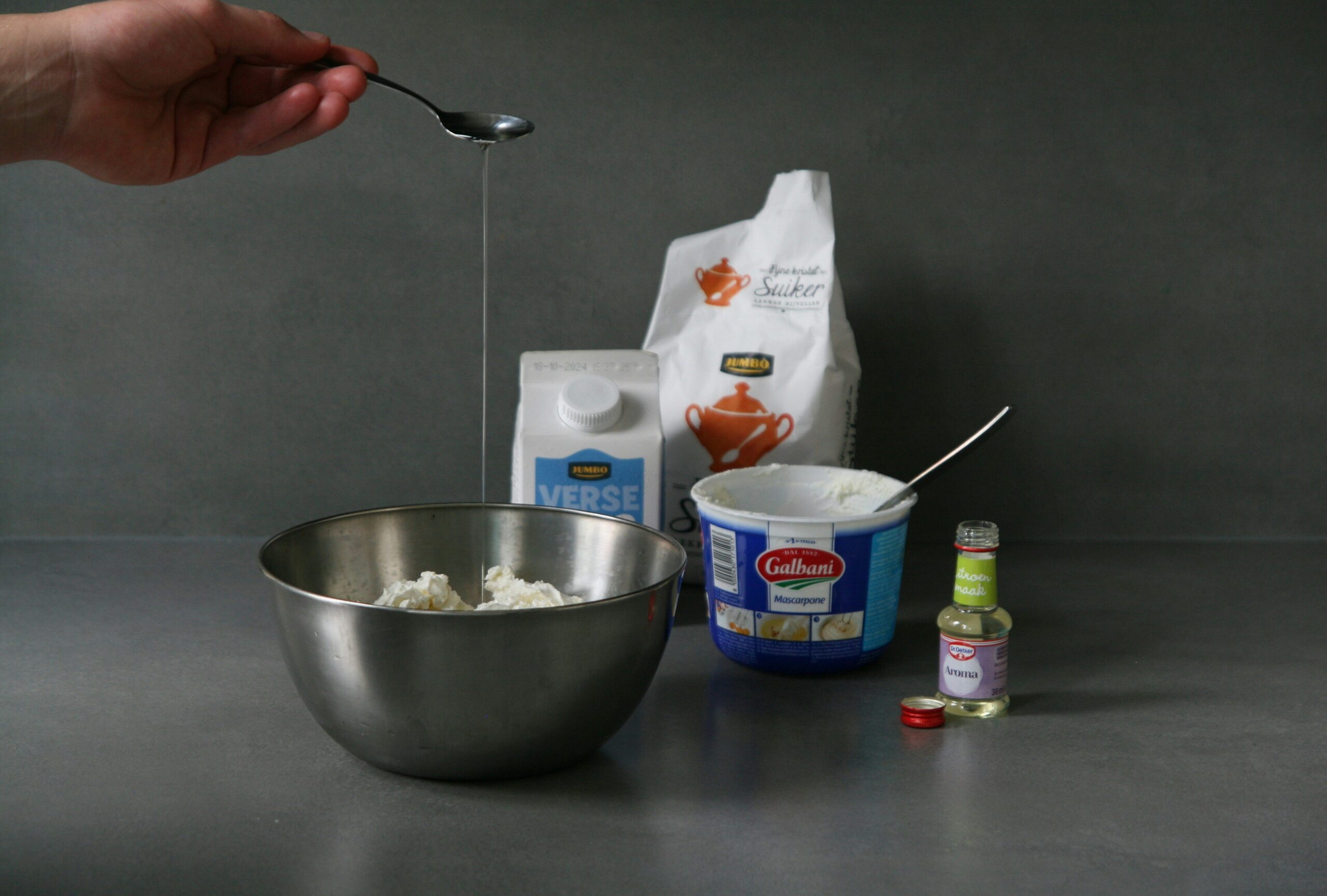Ever stared at your hunting dog’s bowl, wondering why they’re turning their nose up at food you swore was “paw-fect”? Yeah, us too. Spoiler: It could be your flavor game.
As any seasoned hunter knows, a well-fed canine companion is key to success in the field. But when it comes to specialized pet food for high-energy dogs like yours, serving plain kibble day after day just won’t cut it. That’s where Flavor Mixing Guides come in—a secret weapon to keep meals exciting while fueling their adventurous spirit.
In this post, we’ll cover:
- The problem with bland diets for active hunting dogs (you’re not alone).
- A step-by-step guide on how to mix flavors effectively.
- Tips for avoiding common pitfalls (yes, there’s such a thing as overdoing it).
- Real-life examples from other dog owners who’ve cracked the code.
Table of Contents
- Key Takeaways
- The Problem with Bland Diets
- Step-by-Step Flavor Mixing Guide
- Tips and Best Practices
- Examples and Case Studies
- FAQs About Flavor Mixing
- Conclusion
Key Takeaways
- Hunting dogs need variety in their diet to stay engaged and energized.
- Combining complementary flavors can enhance nutrition and palatability.
- Avoid overcomplicating mixes; simplicity often works best.
- Consult your vet before major dietary changes, especially for working breeds.
The Problem with Bland Diets
Let me confess something embarrassing here: I once fed my German Shorthaired Pointer nothing but chicken-flavored kibble for months. One day, she flat-out refused to eat. Not even treats worked. Turns out, repetitive meals were boring her taste buds—and potentially impacting her performance during hunts.

“But wait,” Optimist You says, “high-quality kibble has all the nutrients they need!”
Grumpy Me responds, “Sure, but if your pup isn’t eating it, those nutrients aren’t doing much good, are they?”
Why It Matters
Hunting dogs require peak physical condition to endure long hours outdoors. A monotonous diet may lead to decreased appetite, weight loss, or even behavioral issues. Enter Flavor Mixing Guides: a proven way to rekindle mealtime enthusiasm without sacrificing nutritional value.
Step-by-Step Flavor Mixing Guide
Step 1: Understand Your Dog’s Preferences
Observe what flavors excite your dog. Is it beef, fish, or something more exotic like venison? Start by identifying base proteins that align with their natural instincts.
Step 2: Choose Complementary Ingredients
Pair primary proteins with secondary ingredients like sweet potatoes, peas, or pumpkin. These not only add variety but also offer digestive benefits.
Step 3: Experiment Gradually
Introduce new combinations slowly to avoid upsetting their stomach. Mix small amounts of new ingredients into their existing diet over several days.
Step 4: Monitor Energy Levels
Track changes in energy, coat shine, and overall demeanor. Positive signals mean your mix is working!

Tips and Best Practices
- Don’t Overdo It: Too many ingredients can confuse your dog’s palate and digestive system. Stick to 2-3 main components per meal.
- Fresh is Best: Incorporate raw or lightly cooked proteins occasionally for added freshness.
- Balance is Key: Ensure each mix includes protein, fat, carbs, and fiber for balanced nutrition.
- Avoid Toxic Foods: Never include chocolate, onions, garlic, or grapes—these are poisonous to dogs.
Examples and Case Studies
Take Sarah, an avid duck hunter from Minnesota. Her Labrador Retriever, Max, used to lose interest in his food mid-season. She started mixing salmon-based kibble with shredded carrots and boiled eggs. The result? Max gained stamina and consistently performed better during retrievals.

Or consider John, whose Beagle wouldn’t touch dry food anymore. By adding wet canned turkey atop his usual brown rice blend, John transformed mealtime from dreaded chore to tail-wagging delight.
FAQs About Flavor Mixing
Q: Can I use leftovers from human meals?
Absolutely! Just ensure no seasoning, salt, or spices are present. Plain grilled chicken or boiled vegetables work wonders.
Q: Should I consult my vet before trying this?
Always. Especially if your dog has allergies or preexisting health conditions.
Q: What’s one terrible tip to avoid?
NEVER rely solely on treats as substitutes for full meals. While tempting, this leads to nutritional imbalances.
Rant Alert:
Why do so many pet food brands market “gourmet” options yet skimp on actual quality? Stop falling for flashy packaging! Always check labels for real meat as the first ingredient.
Conclusion
Mixing flavors is more than just satisfying your hunting dog’s cravings—it’s about boosting their health, happiness, and performance. With these Flavor Mixing Guides, you’re now equipped to craft delicious, nutritious meals that’ll make them look forward to every bite.
So grab that apron, channel your inner chef, and let’s give our furry friends the feasts they deserve. Because happy hounds = successful hunts.
And hey, remember: Like a Game Boy Pokémon battle—you’ve gotta level up your feeding strategy to win. 🐕✨


